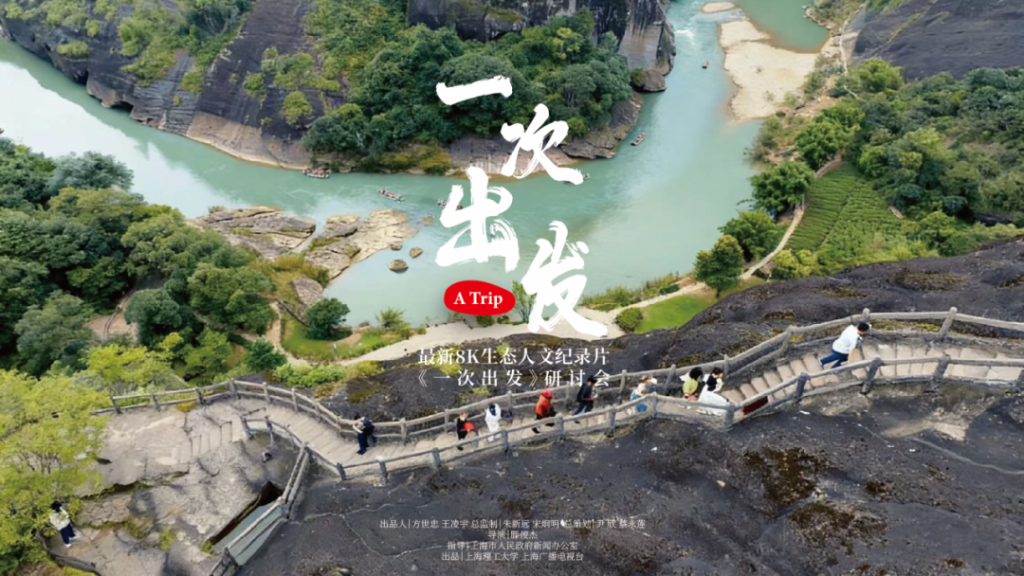
The large-scale documentary series "Searching for Ancient China: Yunmeng Ji", jointly produced by China Central Radio and Television and the State Administration of Cultural Heritage, has been broadcast on the CCTV Comprehensive Channel (CCTV-1) at 22:30 since September 11.
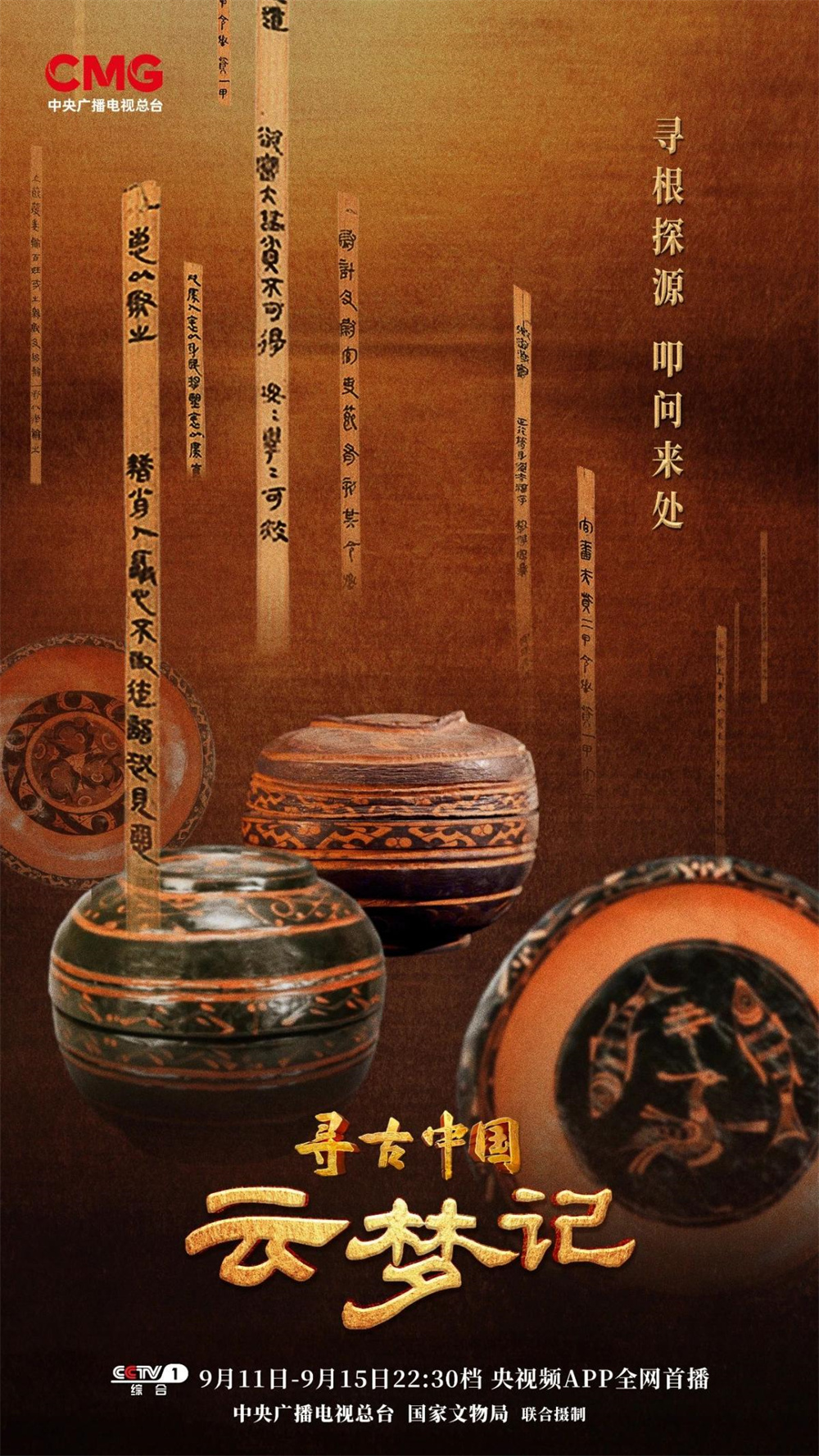
"Looking for Ancient China·Yunmengji" poster
The 5-episode documentary witnesses the rise of Chu and the historical process of Qin's end of long-term feudal feudal rule and the unification of the country through many archaeological discoveries and latest research results in Gu Yunmengze, Hubei Yunmengsuihudi, Zhengjiahu Cemetery, etc., and shows the integration of nationalities. , the historical picture of the merging of splendid cultures from different regions into the long river of Chinese civilization in the era of cultural integration, and its far-reaching influence.
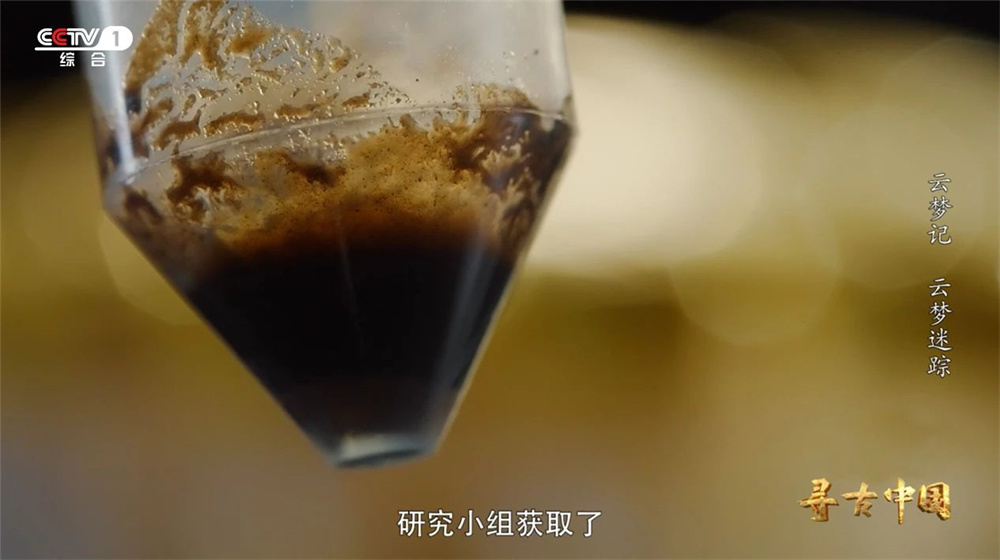
Experimental analysis of the evolution process of ancient Yunmengze in Hubei Province
"Looking for Ancient China: Yunmeng Ji" reveals a number of archaeological research results for the first time. For example: by analyzing phytoliths in sediments and obtaining climate and hydrological data thousands of years ago, the formation and evolution process of ancient Yunmengze was completely restored for the first time; for the first time, the appearance of the Han Dynasty slips in Suihu Di was presented on video, and Empirical proof of the inheritance of the Han Dynasty from the Qin Dynasty; the latest archaeological excavations at Zhengjiahu Cemetery and multidisciplinary research results have revealed the true picture of population migration and interaction during the critical period of the formation of China's unified multi-ethnic country.

Animation demonstrating the process of sedimentation and land formation in Guyunmengze

For the first time, the video shows the restored and protected Han Dynasty bamboo slips from Yunmengsuihudi in Hubei Province.
Yunmeng, where does this name that is both real and illusory come from? Why is it so hard to find the "Steaming Clouds and Dreams" scene described in ancient poems thousands of years ago today?
Scientific and technological archeology has revealed the answer to the great changes that occurred in ancient Yunmengze in the Jianghan Plain.

The Shuihudi Qin Slips are the first batch of Qin Dynasty bamboo slips discovered in the history of Chinese archaeology.

The earliest wooden family letter ever found in China was unearthed in Shuihudi.
Why and how Qin was able to achieve unification, and what kind of social appearance would it look like after Qin's unification? The Qin bamboo slips in Shuihudi, Yunmeng, Hubei Province, hide little-known passwords and answers to questions. Most of the Qin bamboo slips in Shuihudi are legal documents, which can be called an encyclopedia reflecting Qin social life and state governance. The cultural relics such as Ban Liang Qian and Tao Liang unearthed in Yunmeng also prove that the Qin system unified writing, currency, weights and measures. With the interpretation of authoritative experts and the reappearance of historical scenes empowered by science and technology, people can deeply feel Qin's path to a strong country and the social and people's livelihood conditions.
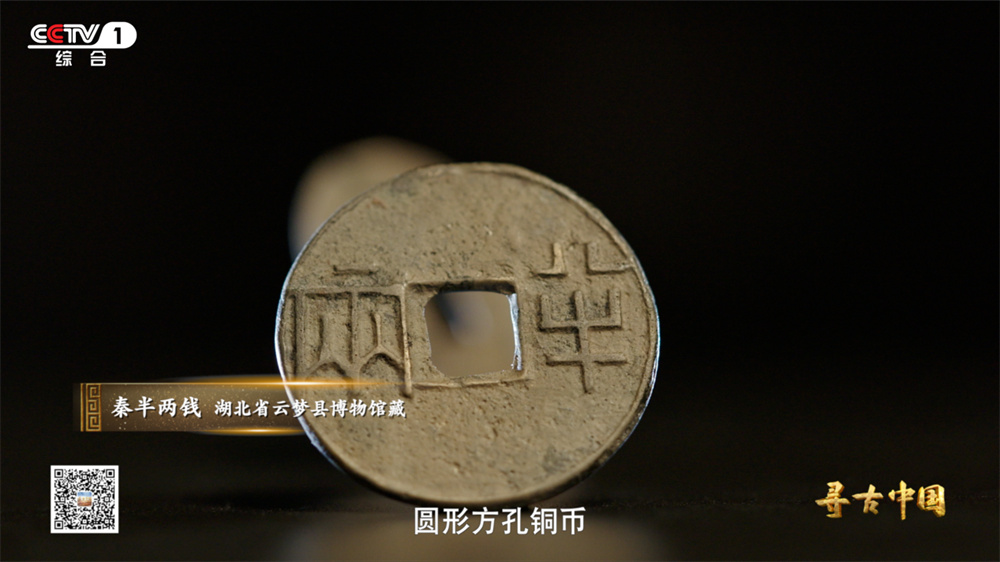
Qin Banliang coins unearthed in Yunmeng County, Hubei Province
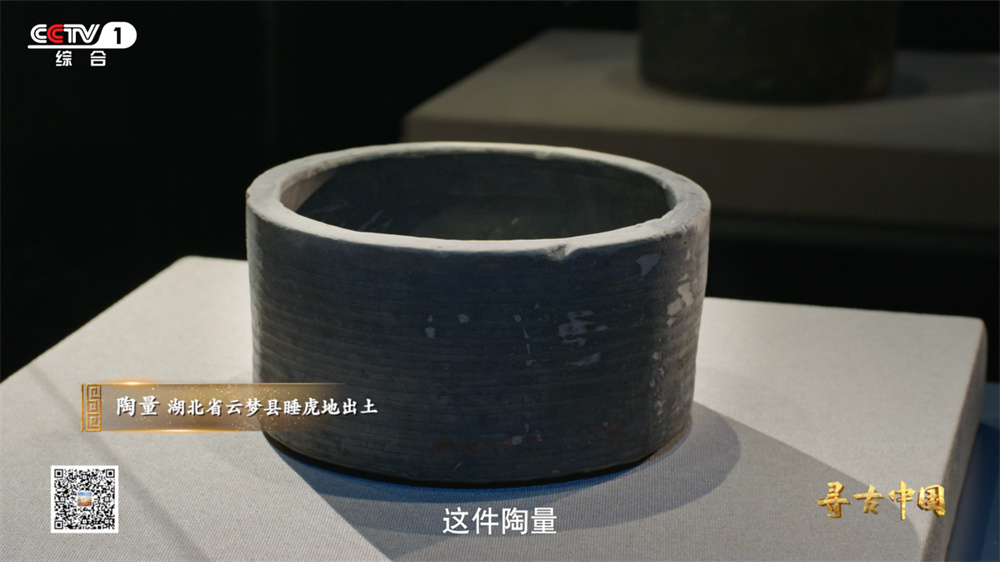
Amount of pottery unearthed in Yunmeng County, Hubei Province
More than two thousand years ago, during the process of Qin's unification, how did the Qin people integrate into the Chu land? What kind of interaction did the people of Qin and Chu have, and what were their similar and different life and cultural customs? Archaeologists solved the mystery through the Zhengjiahu tomb complex in Yunmeng, Hubei, which contains Qin culture tombs and Chu culture tombs. Multidisciplinary experts used different methods to reveal the migration experience and life history of the ancestors in the Zhengjiahu tombs. Each vivid detail provides a true and credible annotation for the integration of nationalities and cultures in the historical process of unification.

Parasitic eggs were found in the sacrum of the owner of the tomb in Zhengjiahu Cemetery in Yunmeng, Hubei.
The film crew visited many cultural and museum institutions such as Hubei Provincial Museum, Yunmeng County Museum, Xiaogan City Museum, Jingzhou Museum, and the National Museum of China, as well as more than 10 institutions including the Chinese Academy of Social Sciences, Peking University, Wuhan University, China University of Political Science and Law, and University of Science and Technology of China. Interviews and filming by universities and scientific research institutes ensure accurate restoration and authoritative interpretation of the Chinese civilization created by the ancient Yunmeng land and the historical process of Qin's unification witnessed.
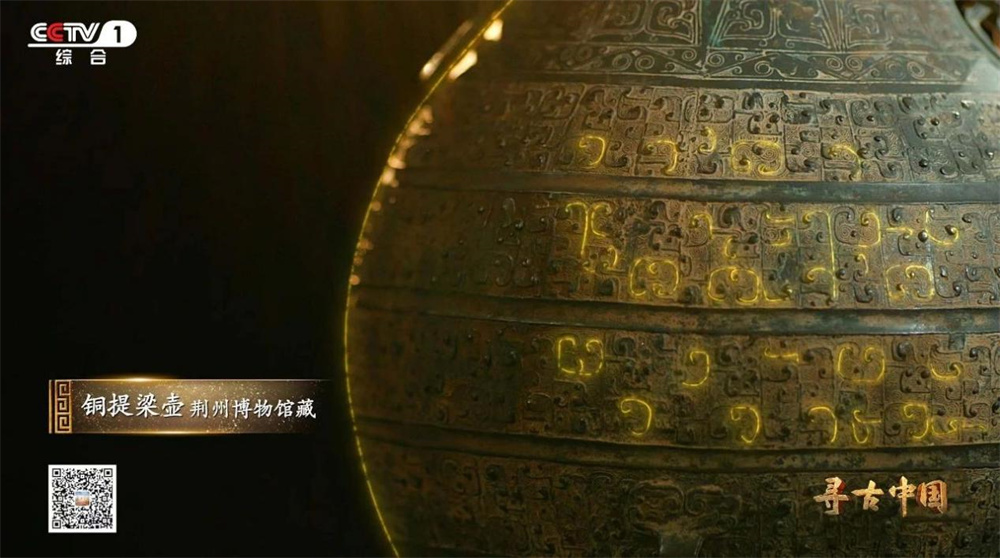
Bronze teapot collected by Jingzhou Museum in Hubei Province
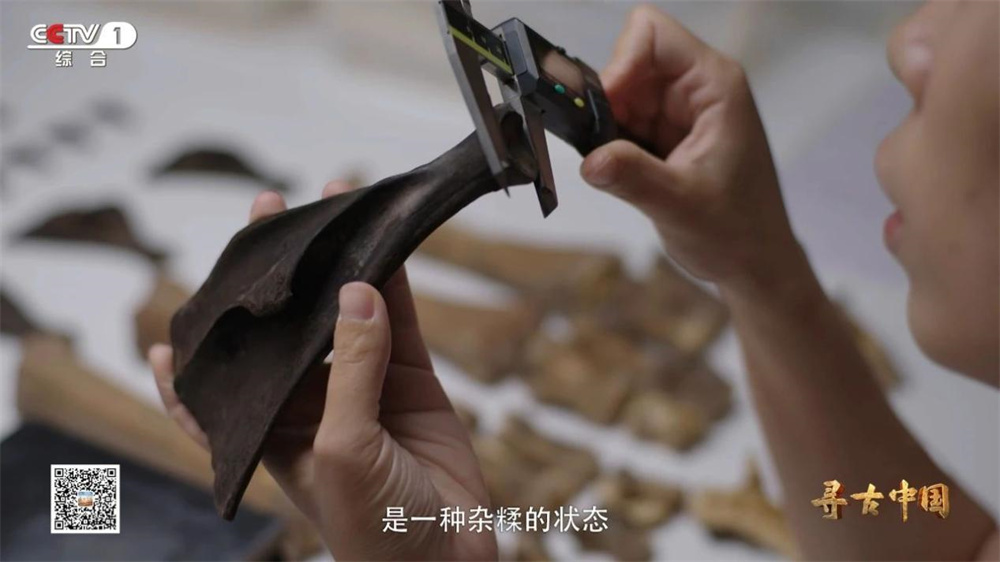
Scholars from Wuhan University are examining animal bones unearthed from Zhengjiahu Cemetery.
"Looking for Ancient China·Yunmengji" continues to deepen the creative concept of "thought + art + technology". More than 30 cultural relics, including wooden family letters, lacquer wood carvings of lying deer and standing birds, garlic pots, and seals, are "living" with the empowerment of new technologies. "stand up. Scenes such as the battle between Qin and Chu, Hei Fu and Jing writing family letters, Qu Yuan's "Mourning" and "Heaven's Questions" etc., can be restored to historical situations of surreal scenes with the help of "XR+" extended reality technology. During the host's real-life shooting at the Yunmeng location, which is rich in original ecological landscapes, a "mirror of civilization" created by new technological innovations appeared on the scene, in which cultural relics, historical scenes, etc. were reappeared from ancient times, making the narrative more suspenseful and immersive.

Fruit wine ingredients were found in the garlic pot unearthed from Zhengjiahu Cemetery.
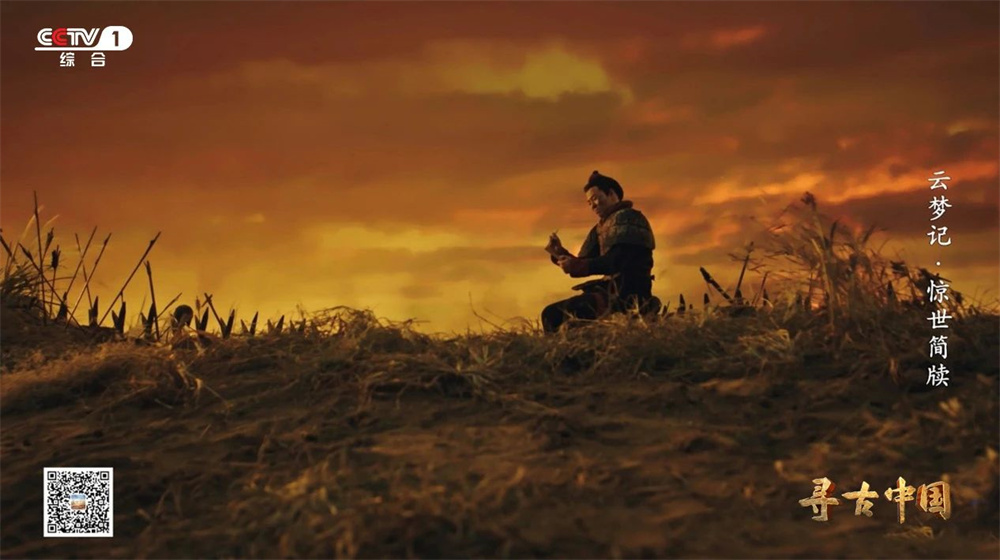
"XR+" expands reality technology to achieve innovative expressions of historical reproduction.
Starting from September 11, "Looking for Ancient China·Yun Meng Ji" has been premiered on CCTV's new media flagship platform CCTV. CCTV.com and other new media platforms of CCTV will be broadcast simultaneously with CCTV's comprehensive channel (CCTV-1).
